Hosta "Lakeside Paisley Print": description and cultivation
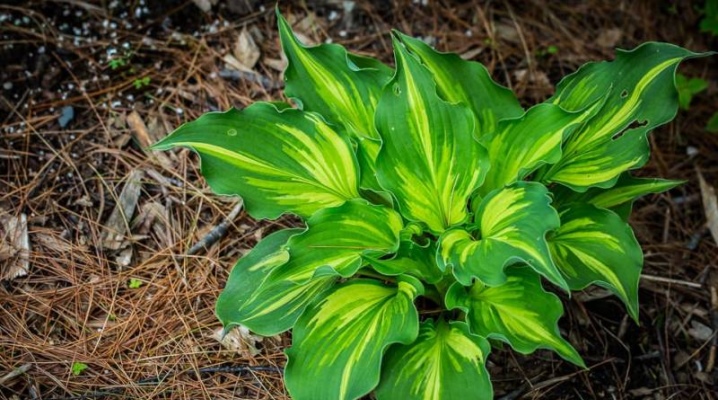
Flowers are constant companions of a person throughout his life. The long and painstaking work of breeders has led to the emergence of a huge number of ornamental plants. Despite the varietal variety, hosts have been in high demand among gardeners for many years. Experts recommend that beginner gardeners pay attention to the Lakeside Paisley print variety.
Description
Hosta Lakeside Paisley Print is a beautiful perennial plant that requires minimal attention. A distinctive feature is the absence of the need for an annual transplant and the ability to grow in one place for many years, as well as the preservation of the attractiveness of the leaves throughout the growing season.
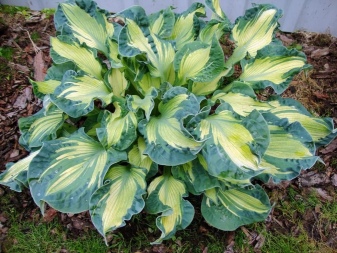
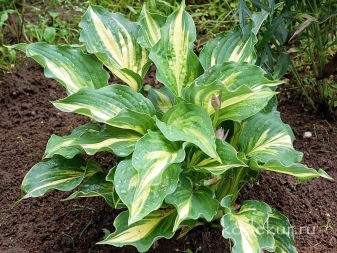
The maximum height of an adult plant is 45 cm. The standard size of the leaves is 17 cm by 15 cm. The color of the leaves is light green with dark edging around the edges. The size of the inflorescences is small, and their height often does not exceed 50 cm. The color of the flowers is pale purple. The flowering period is mid-summer.

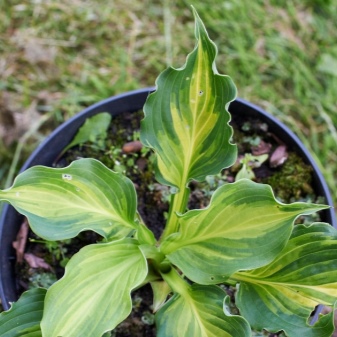
Planting and leaving
In order for the plant to please its owners with an attractive appearance and rich greenery, experts recommend that you be especially careful when choosing a planting site for Lakeside Paisley print hosts. The plant feels most comfortable in shaded areas that are protected from drafts. The flower can be planted either as separate bushes or in whole compositions along paths and fences.
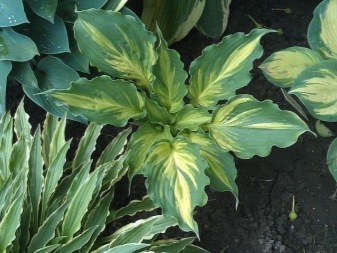
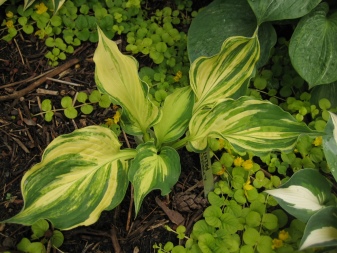
Planting young plants is best done in early spring or mid-autumn. The depth of the planting pit should not exceed 30 cm. The distance between the bushes in the curb compositions is no more than 80 cm. To prevent decay of the root system, experts recommend to put drainage material at the bottom of the planting pit.
As a nutrient mixture for filling the hole, it is necessary to use a mixture consisting of humus, peat, wood ash and special mineral fertilizers. The planting process consists in filling the voids with earth with its simultaneous compaction.
The planted bushes must be watered abundantly with clean, settled water.
To prevent the root system from drying out, it is necessary to cover the entire surface of the earth near the flower with mulching material.
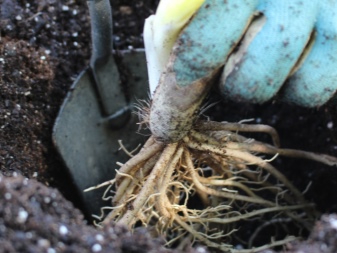

Flower care consists of a set of classic procedures: watering, loosening the soil, fertilizing, mulching, pest control. Experienced gardeners recommend that you regularly carry out both sanitary and formative pruning of bushes. To enrich the soil with nutrients, it is necessary to apply nitrogen, potash and phosphorus fertilizers into it no more than 3 times a year. An excess of nutrients can negatively affect the health of the flower.
Fungal diseases and gray rot, as well as slugs and nematodes, can spoil the appearance of a flower, and special preparations must be used to combat them.
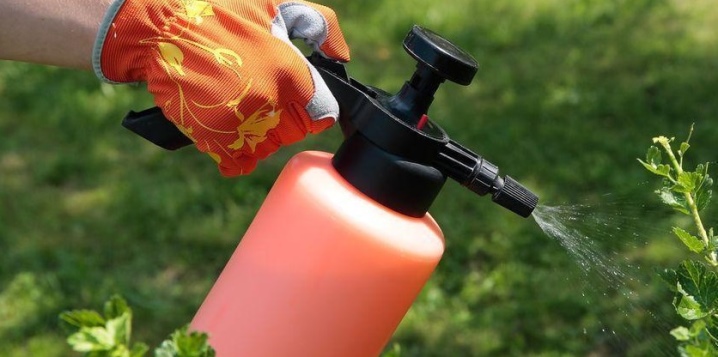
Reproduction
To obtain young plants, hosts the following breeding methods can be used:
- cuttings;
- dividing the bush;
- using seeds.
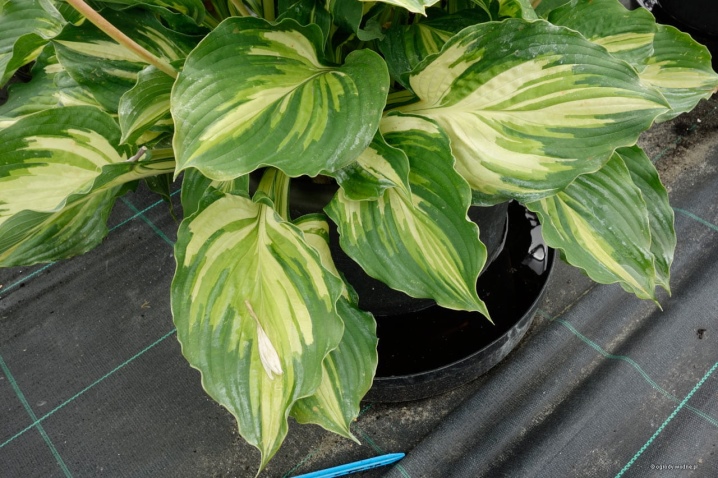
Dividing a bush is the most popular breeding method. For to get planting material by dividing the bush, you need to water the mother plant abundantly and very carefully dig it... The extracted flower must be divided into several identical parts with a sharp garden tool, which will later become the planting material.A prerequisite is the presence of at least 2 sheet sockets in each part.

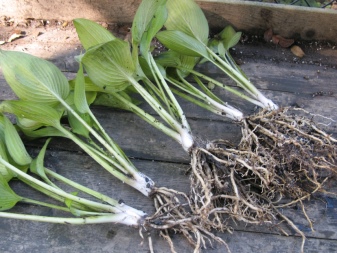
Cuttings - obtaining planting material from young shoots. To obtain new plants, it is necessary to cut off the required number of cuttings from the mother plant during the summer, along with a small part of the trunk. Cut off shoots must be planted on a prepared bed with nutritious and moist soil and create a greenhouse effect around them. Novice gardeners should be careful to ensure that the soil near the flowers always remains loose and moist.
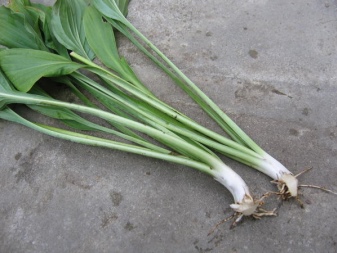
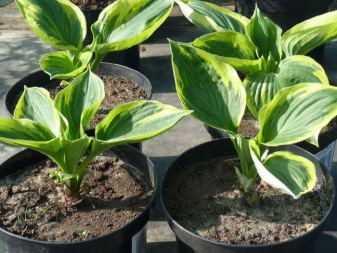
The seed propagation method is practically not used by ordinary gardeners due to its low efficiency and laboriousness of the process. This method is popular only with breeders. A distinctive feature is the ability to plant a plant in a permanent place of growth only 5 years after seed germination. If, nevertheless, the gardener has a desire to grow a flower from seeds, then he must adhere to the following technology:
- pre-planting treatment of seed material with growth stimulants;
- disinfection of containers and soil with a solution of potassium permanganate;
- placement of seeds on the surface of the soil and a small dusting of them with earth;
- creating a greenhouse effect;
- placement of landing containers in a warm and dark room;
- carrying out regular watering.
A pick is allowed in the 3-leaf phase.
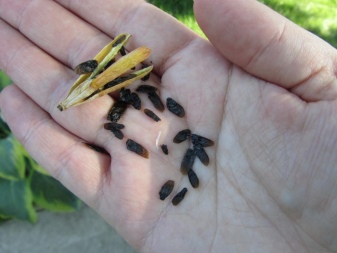
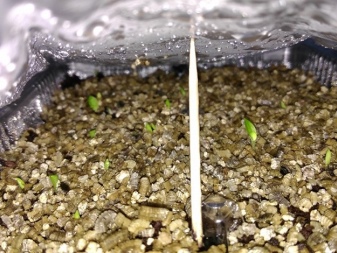
See below for more details.







































































































The comment was sent successfully.